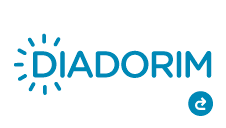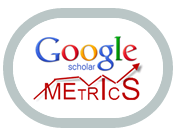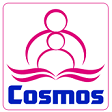COMPARISON OF VENTILATORY DISORDERS BETWEEN YOUNG-OLD AND OLDEST-OLD ADULTS: A CROSS-SECTIONAL STUDY BASED ON SPIROMETRY FINDINGS
DOI:
https://doi.org/10.54578/unesc.v9i1.474Abstract
Introduction: Elderly individuals can be set to youngest-old (from 60 to 79 years old) and oldest-old (more than 80 years old). Ventilatory disorders are among the respiratory dysfunctions that affect the elderly. As a manner of evaluating lung functions, spirometry is used: a non-invasive and low-cost exam. Objective: Compare types of ventilatory disorders and their prevalence among youngest-old and oldest-old elderlies. Material and Methods: This research is characterized as a cross-sectional, observational, analytical and retrospective epidemiological study. Data collection was conducted at a reference clinic for spirometry exams in the Alto Vale do Itajaí region, Santa Catarina, from January 2017 to December 2023. Exams of elderly patients were selected, and epidemiological and anthropometric data of the patients were observed, along with the results of spirometric findings and the classification of ventilatory disorders. Data analysis was performed using SPSS software and p<0.05 was considered statistically significant. Results: A total of 4,307 spirometry exams were analyzed, 87.1% of which were from the youngest-old and 12.9% from the oldest-old. Of these, 3,830 presented some type of disorder, with 88.1% in the youngest-old and 94.8% in the oldest-old. Restrictive disorders were the most prevalent (40.3%), affecting 1,736 patients. Mild disorders were more frequent in the youngest-old (35.3%) and severe disorders in the oldest-old (30.1%). Conclusion: Restrictive ventilatory disorders were the most prevalent in the entire population. The oldest-old had both a higher proportion of ventilatory disorders and greater severity.
Keywords: aging; respiratory tract diseases; respiratory function tests.
Downloads
Published
How to Cite
Issue
Section
License
Copyright (c) 2025 UNESC Journal

This work is licensed under a Creative Commons Attribution-NonCommercial 4.0 International License.



















